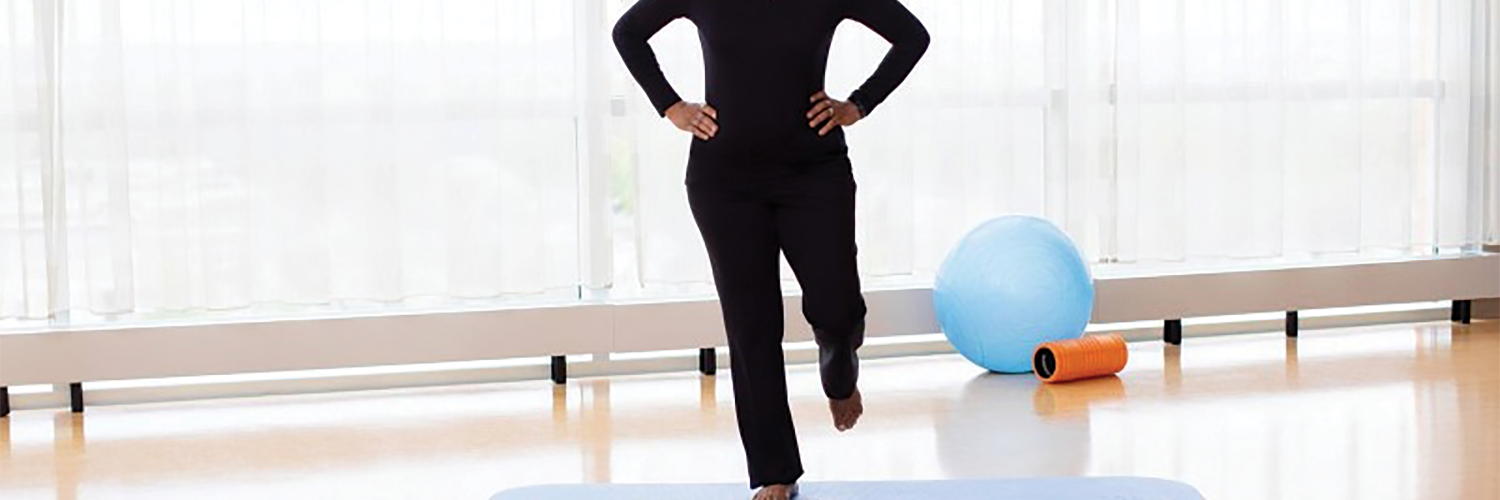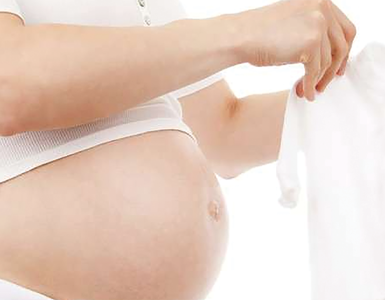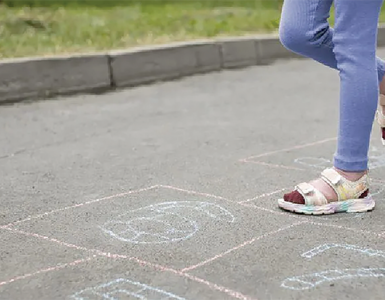STEADY: Balance is an important measure because, in addition to muscle strength, it requires input from vision…
By WSAM Reporter
How long a person can stand — on one leg — is a more tell-tale measure of aging than changes in strength or gait, according to new Mayo Clinic research.
Good balance, muscle strength and an efficient gait contribute to people’s independence and well-being as they age. How these factors change, and at what rate, can help clinicians develop programmes to ensure healthy aging. Individually, people can train their balance without special equipment and work on maintaining it over time.
In this study, which appeared in the journal PLOS ONE yesterday, 40 healthy, independent people over 50 underwent walking, balance, grip strength and knee strength tests. Half of the participants were under 65; the other half were 65 and older.
In the balance tests, participants stood on force plates in different situations: on both feet with eyes open, on both feet with eyes closed, on the non-dominant leg with eyes open, and on the dominant leg with eyes open.
In the one-legged tests, participants could hold the leg they weren’t standing on where they wanted. The tests were 30 seconds each. Standing on one leg — specifically the non-dominant leg — showed the highest rate of decline with age.
“Balance is an important measure because, in addition to muscle strength, it requires input from vision, the vestibular system and the somatosensory systems,” says Kenton Kaufman, senior author of the study and director of the Motion Analysis Laboratory at Mayo Clinic.
“Changes in balance are noteworthy. If you have poor balance, you’re at risk of falling, whether or not you’re moving. Falls are a severe health risk with serious consequences.”
Unintentional falls are the leading cause of injuries among adults who are 65 and older. Most falls among older adults result from a loss of balance.
In the other tests:
• Researchers used a custom-made device to measure participants’ grip. For the knee strength test, participants were in a seated position and instructed to extend their knee as forcefully as possible.
Both the grip and knee strength tests were on the dominant side. Grip and knee strength showed significant declines by decade, but not as much as balance. Grip strength decreased at a faster rate than knee strength, making it better at predicting aging than other strength measures.
• For the gait test, participants walked back and forth on an eight-metre, level walkway at their own pace and speed. Gait parameters didn’t change with age. This was not a surprising result since participants were walking at their normal pace, not their maximum pace, Kaufman says.
• There were no age-related declines in the strength tests that were specific to sex. This indicates that participants’ grip and knee strength declined at a similar rate. Researchers did not identify sex differences in the gait and balance tests, which suggests that male and female subjects were equally affected by age.
Kaufman says people can take steps to train their balance. For example, by standing on one leg, you can train yourself to coordinate your muscle and vestibular responses to maintain correct balance. If you can stand on one leg for 30 seconds, you are doing well, he says.
“If you don’t use it, you lose it. If you use it, you maintain it,” Dr. Kaufman says. “It’s easy to do. It doesn’t require special equipment, and you can do it every day.”






























